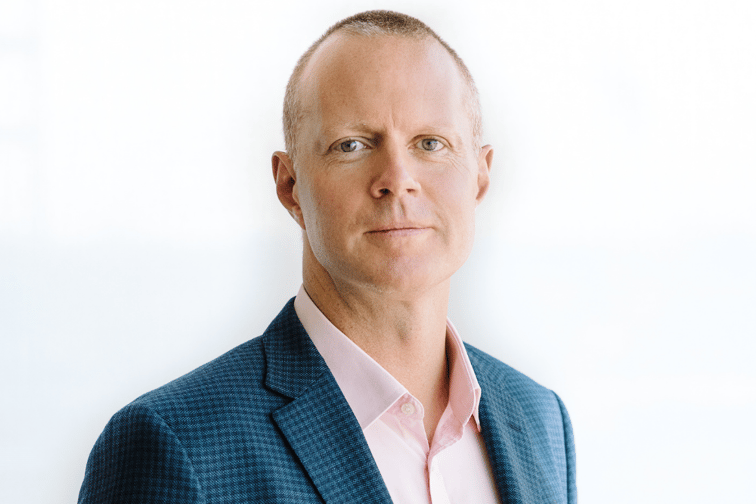

In a world where truth is increasingly hard to find, there is one “absolute truth” that exists today, according to Jason Storah (pictured), CEO of Aviva Canada, which is that we have enough scientific data and knowledge to protect Canadian communities from massive climate-related devastation.
That was part of Storah’s opening keynote at the ‘Future of Insurance Canada’ conference run by Reuters Events last week. The CEO’s theme was simple but stirring: Science saves lives. When it comes to climate change and catastrophic weather events, Storah argues we should be using scientific data to protect people, their homes and their businesses. While public confidence and trust in science has been high for the last several decades, that trust is getting lost in translation when it comes to tackling climate change.
“Not only are we guilty of ignoring science, we’re guilty of [repeating] the same actions, hoping that when we rebuild after the next storm, the next flood, or the next fire, that somehow the outcome will magically be different. It will not,” he said. “Scientists can tell us more than ever before about these kinds of storms, such as precisely when they will hit, exactly what wind speeds they will deliver and for how long, and they can accurately predict power outages as a result.
“Science can tell us how much water will fall by both volume and time, and where flooding is most likely to occur, right down to which bridges and highways won’t withstand flooding volumes, and so, which communities could be at risk of getting cut off. But here’s the real question. What have we done with all of this information? Sadly, very little.”
Flood is one of the worst threats that Canadians face. The federal government has acknowledged flood as a priority and has promised to introduce new measures to protect Canadian families, including the possibility of a low-cost National Flood Insurance Program for high-risk homeowners.
On the scientific front, there are examples of jurisdictions using new technology to keep Canadians safer. In Alberta’s hailstorm alley, which has seen more than $1.2 billion worth of damage in the Calgary area in 2020, the Alberta Hail Suppression Project is using planes to fly into storms and seed clouds in order to lessen the damage caused by hail. These cloud-seeding planes spray iodide smoke particles into storm clouds, which helps to prevent the formation of large ice crystals, thus resulting in pea-sized hail versus golf ball-sized hail. The results have been mixed, but as Storah pointed out, it’s an initiative that’s being led by science.
“If we have the scientific information today, why wouldn’t we use it to protect as many people as we can?” the CEO questioned. “If science tells us about shore erosion patterns today, why not use that information to protect people tomorrow? If science tells us about low water tables or dried and overgrown forests, why not use that information to protect people from wildfires that cause devastating damage? If we know that warmer air is delivering more frequent and vastly higher volumes of rain than current storm drain systems can manage, why not do something to protect people? Part of the reason, incredible as it sounds, is that people have actually started to distrust science in a way that defies logic.”
Storah pointed to a phenomenon called “motivated reasoning,” through which people are motivated to form opinions about new information that align with their current beliefs rather than with science. This is exacerbated by the social media silos created by the algorithms of sites like Facebook and Twitter, which promote content that you already agree with.
“At Aviva, we believe that making connections is the difference - by listening, learning and sharing,” said Storah. “There is nothing more emotional for our customers than losing everything. Having their home wiped away by a flood or burned to the ground - it’s devastating. And insurance is there to get people back on their feet. Insurance companies are there to pay claims. Aviva paid 99% of all of our claims last year, but it has to be about more than just that. It’s not just transactional for Aviva; it’s about people, their lives, and restoring their livelihoods.
“We have an opportunity, and some would call it a moral obligation to do everything we can to protect each other, and to prevent the kind of losses that rebuilding sometimes just can’t replace. I think insurers have a moral obligation to build a better tomorrow for all Canadians. And as insurers, we take science, and we turn it into risk models, that help us more broadly understand all of the issues that we face on an everyday basis. We need to get better at explaining the risks and educating our customers on actions that they can take. We have an obligation to use the science to its fullest, to protect Canadians to their fullest.”
